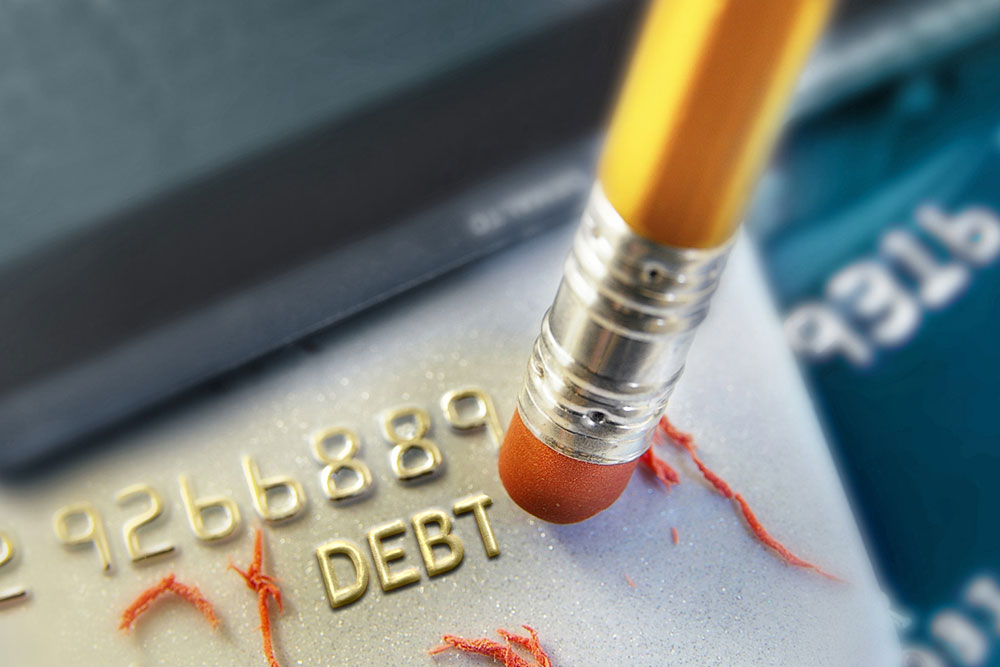
4 ways to pay off your credit card debt
Falling behind on credit card payments is a dreaded fear but often times a very real nightmare for even the best of us. Unexpected emergencies or a penchant for luxury results in us spending beyond our budget, leading to debt. Statistically, around 45% of people in our country carry over a credit card balance every month. This amounts to approximately $800 billion of credit card debt owed to the country. If you are one of those people who owe a substantial amount of credit card debt, then you should seriously look into credit card consolidation as a solution.
Consolidation is when you borrow money at a lower interest rate and use that loan to pay off your credit card balance. This lets you save a lot of money over interest payments and amass enough cash to pay off the debt faster. There are five ways to consolidate credit card debt.
- Personal loan
These types of loan usually have lower interest rates than credit cards. One of the good things about taking a personal loan is that it does not hurt your credit score. You only need to make sure that you are able to repay your lender a fixed amount of loan every month for the loan term. The downside of taking a personal loan is that they have an upfront origination fee and offer interest rates (ranging from 3% to 6%) based on your credit score. - Balance transfer cards
You can apply for a zero or a low-interest credit card if you have a good or excellent credit score. Balance transfer cards usually require you to have a credit score of at least 700. 0% interest rates are offered for up to 12-21 months with a credit limit of $100,000. As mentioned earlier, their 0% interest rates won’t run you into prepayment penalties, making them a better option than a personal loan. However, the zero percent interest rate is only for a limited period and they also incur a 3% -5% balance transfer fee. So, make sure you pay your credit card debt before the validity of the 0% interest rate ends. - Use your retirement plan
Financial experts may not consider tapping into your future savings to be a good idea. But you can always borrow up to $50,000 from your 401(k) without any penalty. The biggest advantage for using your retirement savings is you don’t need a good score to borrow (interest-free) money from your own savings. However, this also means slowing down the growth of the same. And if you are unable to pay back the borrowed amount before the financial year ends, you pay 10% penalty on that amount. - Consider the home equity line of credit
If you own a home, you can consider a home equity line of credit. This typically offers lower interest rates than credit cards since you are borrowing money against the value of your home. A home equity line of credit offers flexible interest rates which usually vary on the basis of financial markets. But they rarely go beyond the credit card interest rates and you can have a longer term of up to 15 years to repay the money. However, you put your house at risk if you default your loan. So, it is advisable to use this type of line of credit if you owe only a small amount of loan on your credit card.


